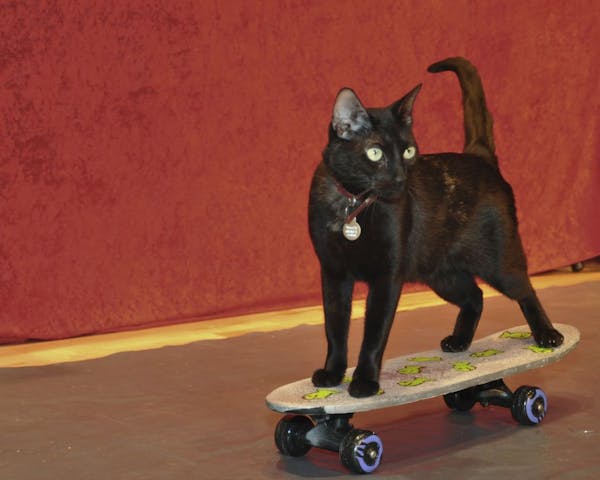After the long winter, neighborhood playgrounds and ball fields are starting to fill up again as kids pull their bikes out of the garage and head to local parks. It's also the right time for parents to talk to their kids about how to stay safe, whether on foot or on bicycle, when playing outside.For some parents, anxiety about safety can begin even before kids open the door, but according to Molly Cirillo, community outreach coordinator for the Jacob Wetterling Resource Center in St. Paul, giving kids the freedom to roam the neighborhood is important.
"It's natural for parents to be concerned about the outside world and it can be scary to send your child down the street," she said. "However, as an agency, we focus on ways to empower children to feel safe rather than talking to them about scare tactics."
Toward that end, Cirillo said the organization is moving away from the term "stranger danger" and instead encouraging parents to talk to their kids about "tricky people."
"When kids are put in danger, it's usually by someone they know and not by a stranger. So, tricky people are ones who break the child's safety rules. They might do or say something the child knows in their gut isn't right. We want to teach kids to trust that feeling," said Cirillo.
One way to help empower kids is by playing "what if?" games. In an informal setting such as the dinner table or the car, you can offer some scenarios to see how they would respond to certain situations, such as being invited into the home of a coach.
"If you don't get the responses from kids that you want, it is a good opportunity to review safety rules or talk through those situations," said Cirillo.
Giving a child a cellphone to bring with them to the park or soccer practice is a good idea -- and a basic model is best.
"Many parents don't know what features their phones have, so it's important to figure that out," said Cirillo, adding that she is not a proponent of camera phones for younger kids. "Three pre-programmed buttons with the numbers kids need to reach parents are all that's required. And a phone doesn't need to be on a calling plan to be able to be used to dial 911."
Another way for parents to become more comfortable with sending their kids out is by walking or biking the route to the park or ball field a few times with them.
"Especially when kids are biking, they need to know the rules of the road. Kids under the age of 10 don't quite have the decision-making skills they need to ride on the street, so they should be encouraged to ride on the sidewalks or on designated trails," said Erin Petersen, coordinator of family safety programs for the Minnesota Safety Council.
One of the ongoing struggles many parents have with older kids at this time of the year involves bike helmets.
"When kids get to be around 10 years old, they might start feeling peer pressure when it comes to bike helmets," said Petersen. "It's so important for kids to wear helmets and for parents to be firm about establishing that rule and serving as good role models themselves. I know parents who tell kids the bikes don't leave the garage until the helmets are on the head."
Once kids arrive at the playground, they should be reminded to remove their bike helmets before climbing up on equipment since the chin straps could be a choking hazard if they get caught on a bar. For the same reason, kids should refrain from wearing hooded sweatshirts with drawstrings when they play and opt for sneakers instead of flip-flops or other rubber shoes.
Check the playground area itself to make sure there are no sharp nails or screws protruding from equipment and that there is an appropriate amount of mulch, pea gravel or grass beneath the play surfaces.
When spending time with young children at the park, active supervision by parents and the elimination of distractions is important.
"If you are busy talking or texting, you are taking attention away from the child," said Petersen. "It also makes for a better experience for the child when the parent is engaged in play."
8 years after the National Enquirer's deal with Donald Trump, the iconic tabloid is limping badly
FTC sends $5.6 million in refunds to Ring customers as part of video privacy settlement
US-Best-Sellers-Books-PW

